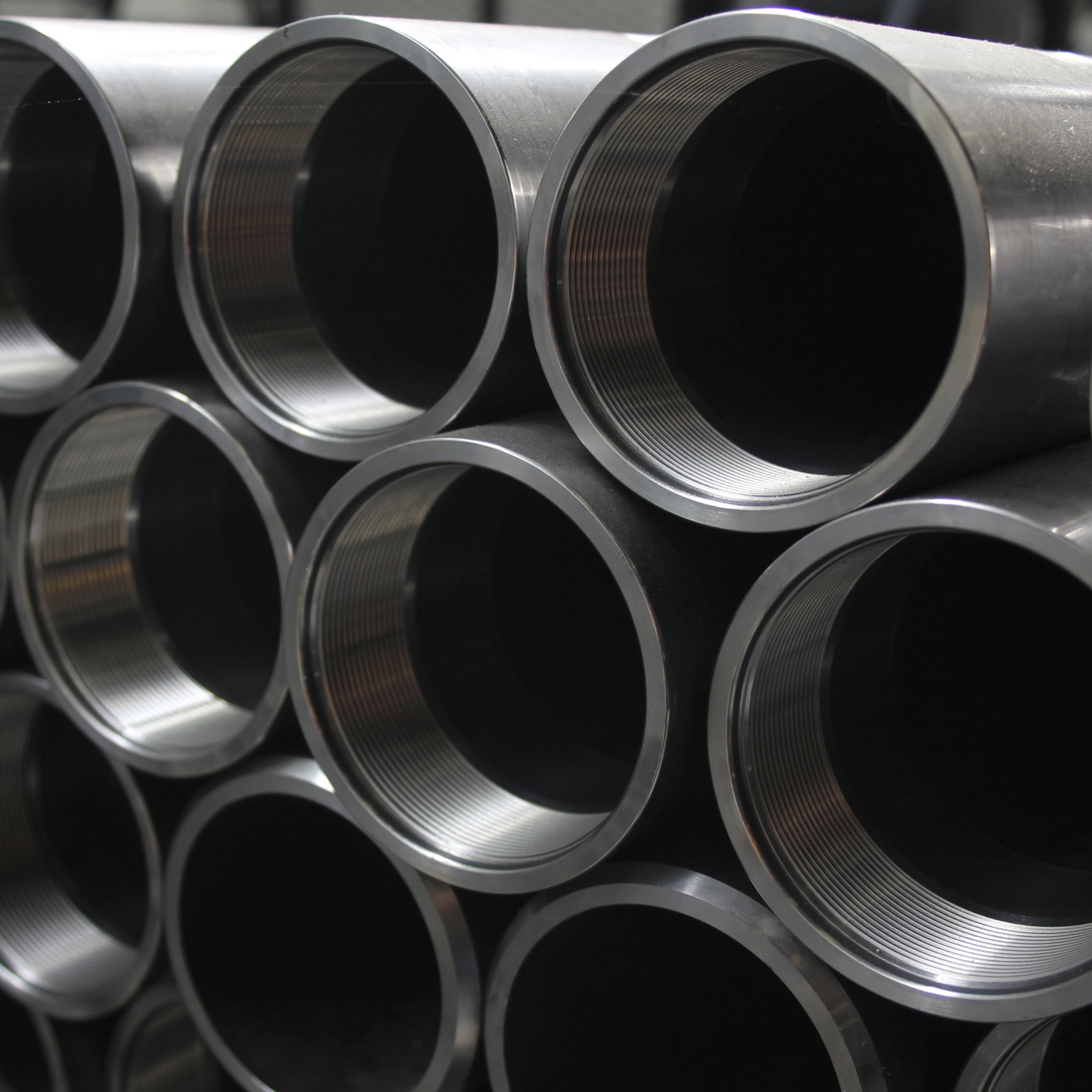
This post may contain links from our sponsors and affiliates, and Flywheel Publishing may receive
compensation for actions taken through them.
The Federal Reserve Bank of Philadelphia reported that manufacturing conditions in its regional district showed slight improvement in its monthly survey for November. Thursday’s report was the Manufacturing Business Outlook Survey, and the general activity index was positive at 1.9.
Bloomberg was calling for the index to just be flat, and October’s level was -4.5. What matters here is that this was the first positive reading in three months.
Indexes for new orders and shipments remained negative, although they increased (by seven points and four points, respectively) from lower readings in October.
The employment index increased from -1.7 to 2.6. Firms reported slight increases in overall employment this month but declines in average work hours. The percentage of firms reporting increases in employment was 14%, and the percentage of firms reporting decreases was 11%.
Manufactured goods prices were near steady. Most firms, some 70%, reported no changes in prices received. The percentage of firms reporting lower prices was 14%, slightly greater than the 13% of firms reporting higher prices.
Only a small percentage of firms expect a downturn in business activity over the next six months. Thursday’s report showed that future indicators were higher. The diffusion index for future general activity increased from a reading of 36.7 in October to 43.4 in November. The percentage of firms expecting increases over the next six months was 50%, significantly greater than the 7% of firms expecting decreases.
ALSO READ: America’s 50 Best Cities to Live In
Lastly, there was a set of special questions asked in this survey. Firms said that they expect their own price increases to remain below the rate of inflation. In this month’s special questions, firms were asked to forecast the changes in prices of their own products over the next four quarters. The general response was as follows:
The median forecast was for an increase in their own prices of 1 percent, a rate of increase lower than the rate of inflation expected to be faced by the workers they employ regionally (2 percent) and lower than the rate of inflation expected for the average U.S. consumer (2 percent). Firms expect their own per employee compensation costs (wages plus benefits) to rise by 3 percent over the next four quarters. When asked about the average rate of inflation for consumers over the next 10 years, the firms’ median forecast was 2.5 percent.
This report might not sound or look stellar on the surface. Still, it was a slight return to positive and it may help set up better expectations in some of the other regional Fed reports.
Get Ready To Retire (Sponsored)
Start by taking a quick retirement quiz from SmartAsset that will match you with up to 3 financial advisors that serve your area and beyond in 5 minutes, or less.
Each advisor has been vetted by SmartAsset and is held to a fiduciary standard to act in your best interests.
Here’s how it works:
1. Answer SmartAsset advisor match quiz
2. Review your pre-screened matches at your leisure. Check out the advisors’ profiles.
3. Speak with advisors at no cost to you. Have an introductory call on the phone or introduction in person and choose whom to work with in the future
Get started right here.
Thank you for reading! Have some feedback for us?
Contact the 24/7 Wall St. editorial team.


